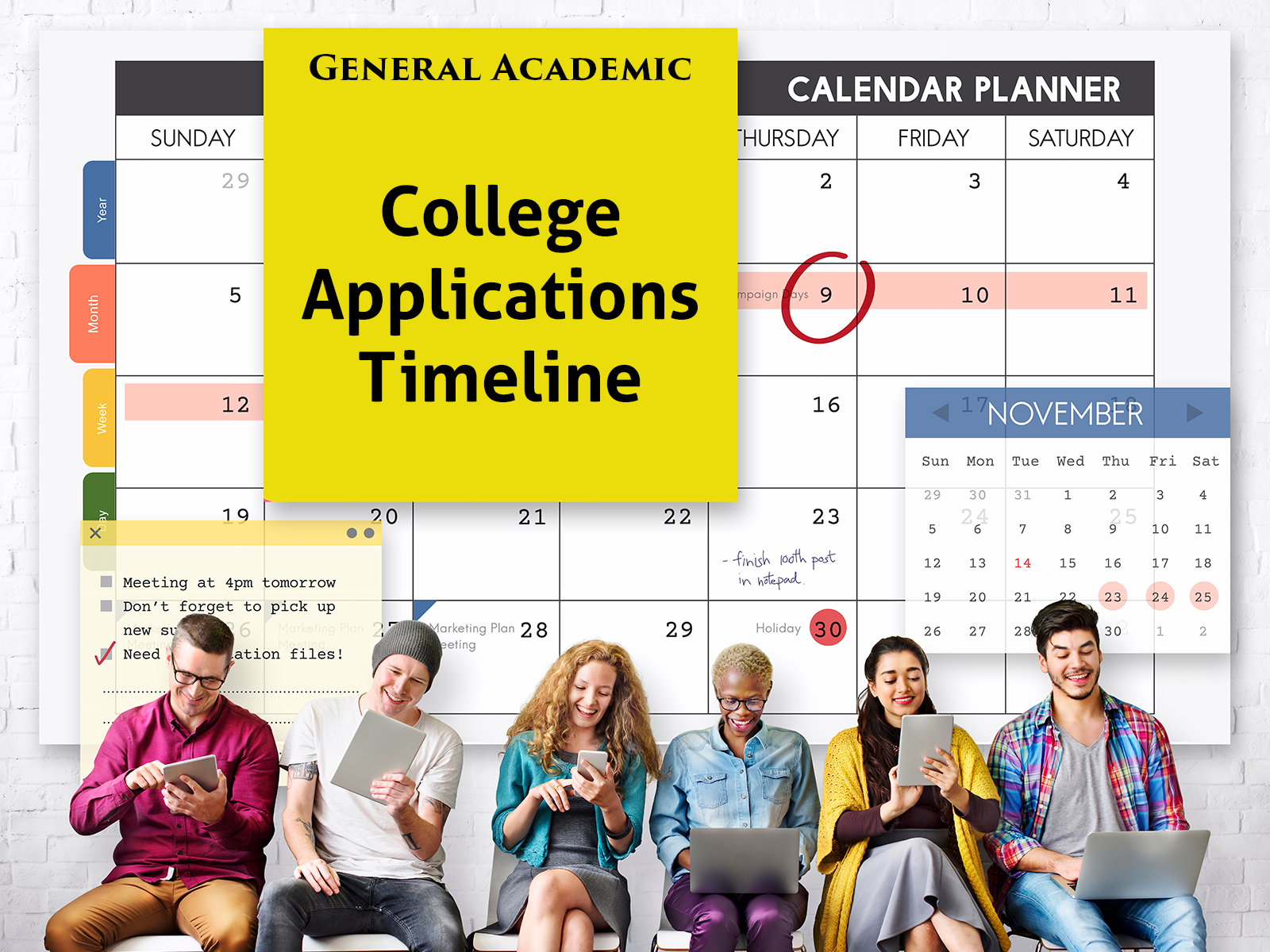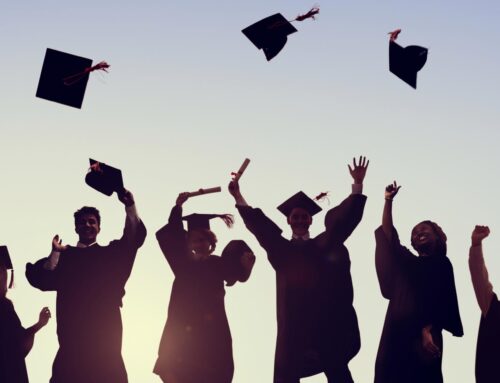
Our updated college applications timeline for the 2025–2026 cycle outlines approximately 30 essential steps to help you navigate every phase of the college application process. For most high school students, the journey begins in the spring of junior year and culminates in the winter of senior year. This comprehensive guide is tailored specifically for Texas high schoolers applying to both in-state and out-of-state institutions, ensuring you stay organized and on track.
College Applications Timeline 2025–2026
Junior Year (January to April 2025)
- Hone your personal vision and craft a compelling pitch. Define what you aim to achieve in college and how it aligns with your long-term career goals. Reflect on the unique strengths and motivations that set you apart.
- Research and build your college list. Schedule campus visits and, if possible, sit in on classes to experience the academic atmosphere firsthand and evaluate the quality of instruction.
- Prepare for standardized testing with the SAT or ACT. Complete your testing by the end of 11th grade so you can focus fully on your college applications next summer.
- You can take the official ACT in February and/or April, while the SAT is typically offered in March.
- Request your letters of recommendation. Ask two teachers—one from a STEM subject and one from English, history, or a foreign language—to provide balanced insights into your abilities.
- Follow any additional guidelines provided by your school counselor.
Junior Year (May 2025)
- Focus on studying for your final exams and prepare diligently for your AP exams, as your GPA and performance in advanced courses are key components of your college applications.
- If needed, retake the SAT in early May 2025.
Summer before Senior Year (June & July 2025)
- Finalize your college list—including reach, target, and safety schools—and map out your fall application deadlines.
- Schedule your college visits to experience campus life firsthand if you haven’t done so already.
- Develop your activities list and polish your resume to showcase your extracurricular achievements.
- Begin completing your profile on the Common App. Although it officially opens on August 1, you can start entering general information in advance.
- Draft your application essays—including the main Common App essay and any supplemental essays. Use our expert tips to create compelling narratives that resonate with admissions officers.
Senior Year (October 2025)
- Keep your scheduled appointments with your school counselor to ensure that all required documents are submitted on time.
- Finalize your Common App essay: proofread it carefully, correct any grammatical errors, and read it aloud to ensure it flows naturally and powerfully.
- Complete your supplemental essays.
- Ensure that your official SAT, ACT, and AP scores are sent directly from the testing agencies to each college on your list.
- Decide whether to apply via Early Action or Early Decision based on your college strategy.
Senior Year (October 2025) – Financial Aid & Early Deadlines
- Start entering your financial aid details when the FAFSA and the CSS Profile open on October 1, 2025.
- Note that deadlines vary by state; for Texas, the FAFSA priority deadline is now April 15, 2026. Always verify each institution’s requirements.
- Apply via Early Action or Early Decision if it aligns with your academic goals. For example, the Early Action deadline for both Texas A&M (engineering applicants) and UT Austin is October 15, 2025.
Senior Year (November 2025)
- If you haven’t already, polish your Common App and supplemental essays in preparation for Regular Decision deadlines.
- For Early Decision applicants, note that Rice University’s Early Decision I deadline is November 1, 2025.
Senior Year (December 2025)
- Finalize and submit your Regular Decision applications. The deadline for both Texas A&M and UT Austin is December 1, 2025.
- Review your Early Action or Early Decision acceptances carefully.
- If applicable, apply via Early Decision II—for example, Rice University’s Early Decision II deadline is January 4, 2026.
- Continue studying for your final exams and maintain strong grades; your academic performance remains critical throughout senior year.
Senior Year (Spring 2026)
- Search for and apply to college scholarships to help fund your education.
- Evaluate your Regular Decision acceptances and compare the financial aid packages offered.
- Make your final decision and submit your enrollment deposit by May 1, 2026!
Every student’s journey is unique. Adjust this timeline to fit your individual needs—whether you need to accelerate your efforts or take advantage of extra time by starting early, this guide is designed to keep you on track.
Key College Application Dates for Texas High Schoolers
Below is a summary of important deadlines to help you navigate the Texas college application process:
- October 1, 2025: Begin entering financial aid details for the FAFSA and CSS Profile.
- October 15–November 1, 2025: Typical deadlines for Early Action and Early Decision applications (e.g., UT Austin and Texas A&M).
- December 1, 2025–January 4, 2026: Common deadlines for Regular Decision and Early Decision II applications.
- Mid-December 2025: Latest date for Early Action applicants to receive admissions decisions from Texas A&M Engineering.
- January 15, 2026: Latest date for Early Action applicants to receive admission decisions from UT Austin.
- February 15, 2026: Latest date for Regular Decision applicants to receive admission decisions from UT Austin.
- Late March 2026: Latest date for Regular Decision applicants to receive admissions decisions from Texas A&M.
- April 15, 2026: FAFSA priority deadline for Texas.
- June 2, 2026: Regular Decision deadline for UH.
Choose General Academic for College Applications Support
We are here to help ensure your student’s applications are in the best shape they could possibly be. General Academic has more than 20 years of experience helping students achieve their college goals, and every member of our staff has lived a college success story of their own.
We can help your student with any element of the college application process, including the following:
- Helping your student formulate their “vision” for college as well as their “pitch” for applications
- Researching and building a college list
- Writing, outlining, and refining their college essays
- All other elements of the application process, including polishing their activities list, planning and executing letter of recommendation requests, and applying for scholarships
Learn more about our college counseling services or call us today to get started!




